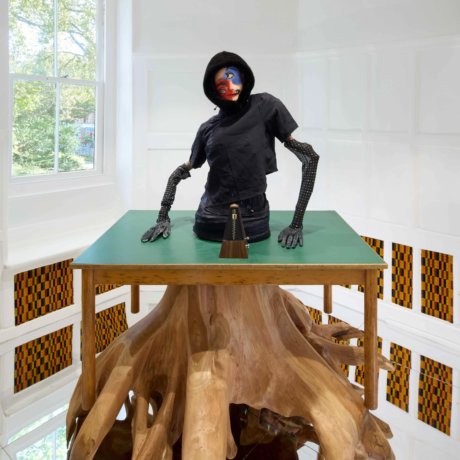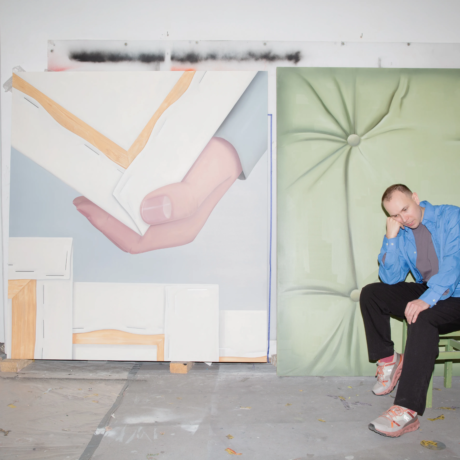The Los Angeles curator talks art in the city and all the things they’re up to, on the eve of Frieze LA.

The following, which outlines the journey of Essence Harden as one of the most watched curators of the moment, is going to be very biased. I share this upfront because, over just a 45-minute conversation that I had with the artist and curator, I fell in love with them, their curatorial practice, and their overall dedication to the Los Angeles art scene. Harden’s titles include the visual arts curator and program manager at the California African American Museum, the curator for Frieze LA, Focus 2024, and one of the curators for the Hammer Museum’s acclaimed biennial Made in LA 2025. Harden is some sort of enigma with the innate ability to be pretty much everything and everywhere all at once. This week, they are in install mode for their curatorial presentation at Frieze, are also hosting a talk with Deborah Roberts at Vielmetter Los Angeles, and are also going to the farmers market with their 3-year-old daughter who is craving cherries (though they are out of season.) And luckily, making the time to speak with me about how it’s possible to make all this happen with a good sense of humour and lots of Taurus energy.
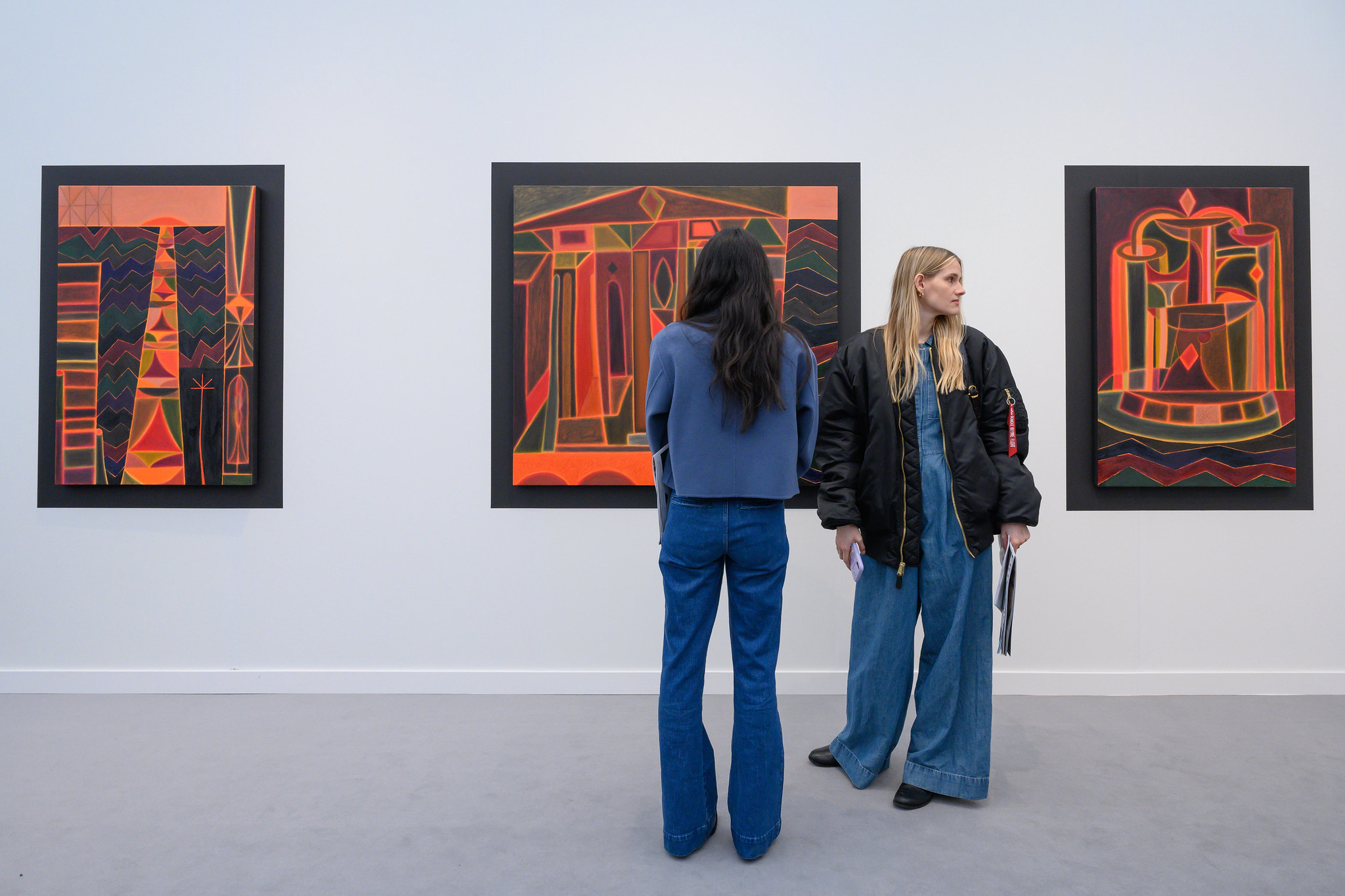
Harden grew up in Oakland, California, where they went to UC Berkeley for their undergrad. “When I was in school, I started writing about cultural history and Black studies. Leigh Raiford, who is still one of my good friends but at that point was just my professor, taught this class on Black visual studies. From that point onward, it really changed my concept of what art is.” Harden shared that they began to see art in completely different ways, informed by a larger swath of aesthetics and visual language. “It was really that class that attuned me to the fact that my grandma’s house, with her salon hang of family portraits and artefacts from a trip she had taken to Hawaii in 1938, is a way of thinking about the visual language that people are creating. And really honouring that as much as I would honour a painting from the 18th century at MoMA in New York.”
This way of thinking about art and objects is at the core of their curatorial practice, which they began in just 2016. Their first exhibition, “Black is a Color”, opened a year later at the Charlie James Gallery and explored how colour is a utility of blackness, which in itself is a concept of abstraction, a musing of nature, and never fully in grasp. “I still work off of some very basic principles from my first exhibition, which is long-term relationship building with artists.”

Harden went on to share an example of what this looks like. For the exhibition, they created a zine where every featured artist had someone dedicated to writing about the presenting work. “I knew that it was really important when you apply to grants, residencies, and schools that you have a language about your work. And that we shouldn’t rely upon artists to also be writers if they’re not. It’s not really fair. If someone asked me to paint a picture to get a job, I would be fucked. So, like, why would we make someone else do that?”
Since that first exhibition, Harden has curated 27 more. Doing the math for you, that is almost four exhibitions a year for the last seven years, where their curatorial practice has exploded from a tiny Chinatown gallery to the world’s stage. If practice makes perfect, what has changed? “You know, I don’t know if my practice is radically different from that moment. I just think the support around my practice is radically different. And that it just allows me to continue to have fun and be in an experience where it feels good and the vibes are right. That does still seem pretty true to me.”
Speaking of the world stage, Harden is in the midst of installing for the upcoming Focus section of Frieze LA around the theme of ecology. “It’s a term that gets used for biology in the natural sciences, but what it means is the sort of relationship between humans and nonhuman things and the tension between those two things.” Harden has selected 12 galleries to be featured in the section, nine of which are based in California, with a redesigned layout. “There’s this way that the environment and the natural world interest a conversation, but it’s just really the kind of productive tension that’s happening with these artists and their sense of object. This lets Matthew Brown Gallery, who is showing Kent O’Connor, who has these traditional paintings that are very surrealist and cool, alongside artist Ser Serpas, who has these giant assemblage sculptures. They’re totally doing different types of work. But the investment that these artists have is in working through that productive tension. Between themselves and space.”
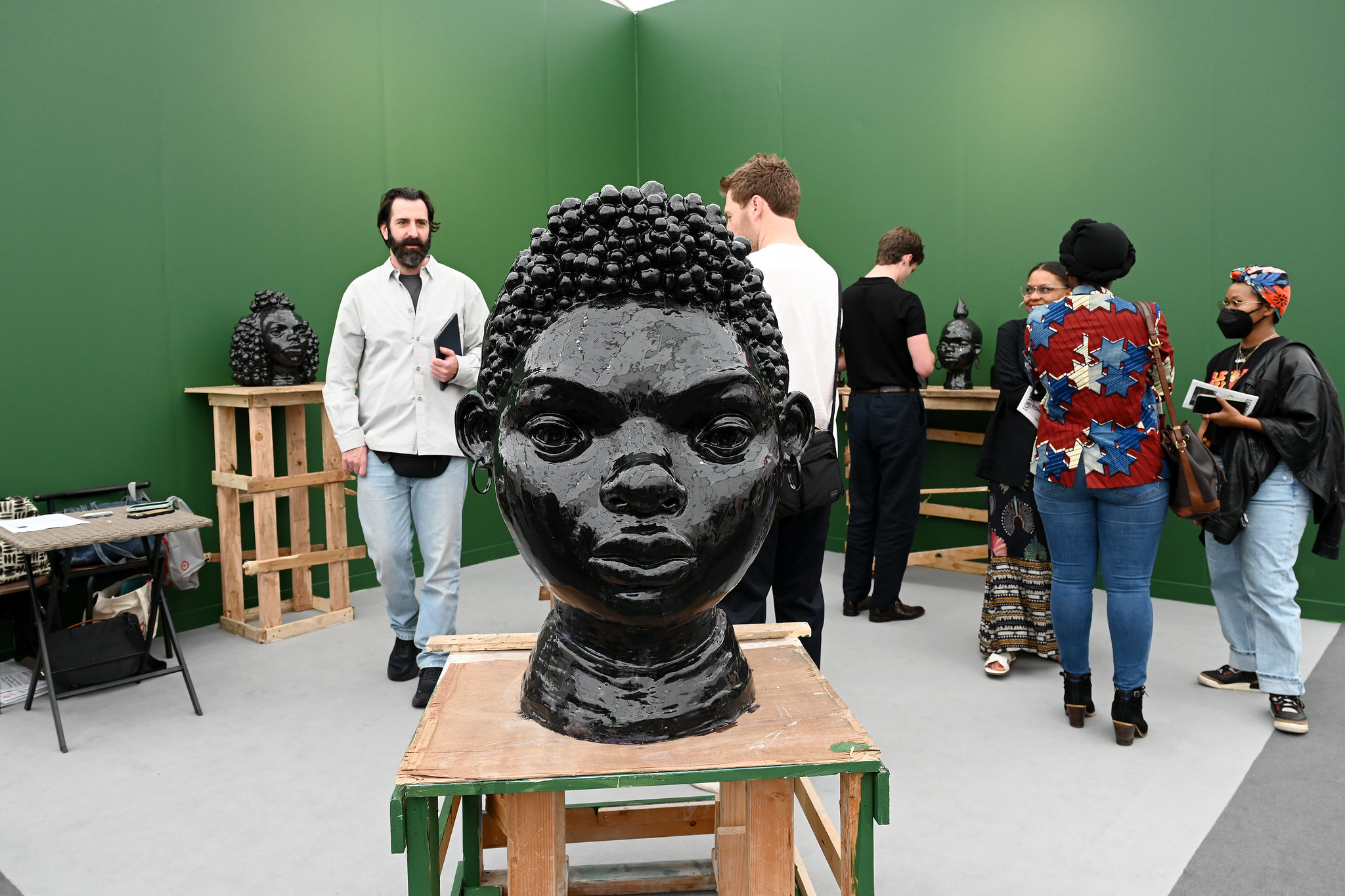
Harden shared that there were over 100 galleries that submitted to be a part of the section, of which they read every single proposal before narrowing it down to 12. The concept of ecology came later. “I was like, okay, these are the things I’ve chosen. What are they all doing? And why did I choose them? I chose them because I felt invested.” On view will be lots of sculpture and abstraction, mediums and methods that excite Harden. “I wanted them to be distinct. I want it to feel like if you enter Focus, that you would spend time with each one because it felt like the weight and the scale of the work could command that from you. That you’d be like, “Oh, this is weird. Let me stop feeling overwhelmed in the fair and slow down and really spend some time with these 12 spaces.”
In the midst of all this, it was also recently announced that Harden will be co-curating the next iteration of The Hammer Museum’s biennial Made in LA, alongside Paulina Pobocha, who recently joined the Hammer from the Department of Painting and Sculpture at the Museum of Modern Art, New York. “Paulina is wonderful. We had our own “let’s go get a drink and hang out” before anything with The Hammer had been signed. I mean, we are going to be essentially married for the next two years. Our lives are very intertwined. She is an art historian. She’s been at MoMA in the sculpture department–a very different experience than I have. But I think we’re both just intellectually rigorous. We’re like, silly. We really love art, and we want to have fun doing our jobs, and we take it seriously. But I think we also are just excitable people. She’s a great thought partner.”
This said the two are very much in the planning stages. “We’re just lining up studio visits–that’s what this phase is. Some very early thinking about what it will ultimately look like is happening, of course. You know, anyone who curates here, I think, has ideas about Made in LA. So… without saying too much, I am still very open to how we land.”
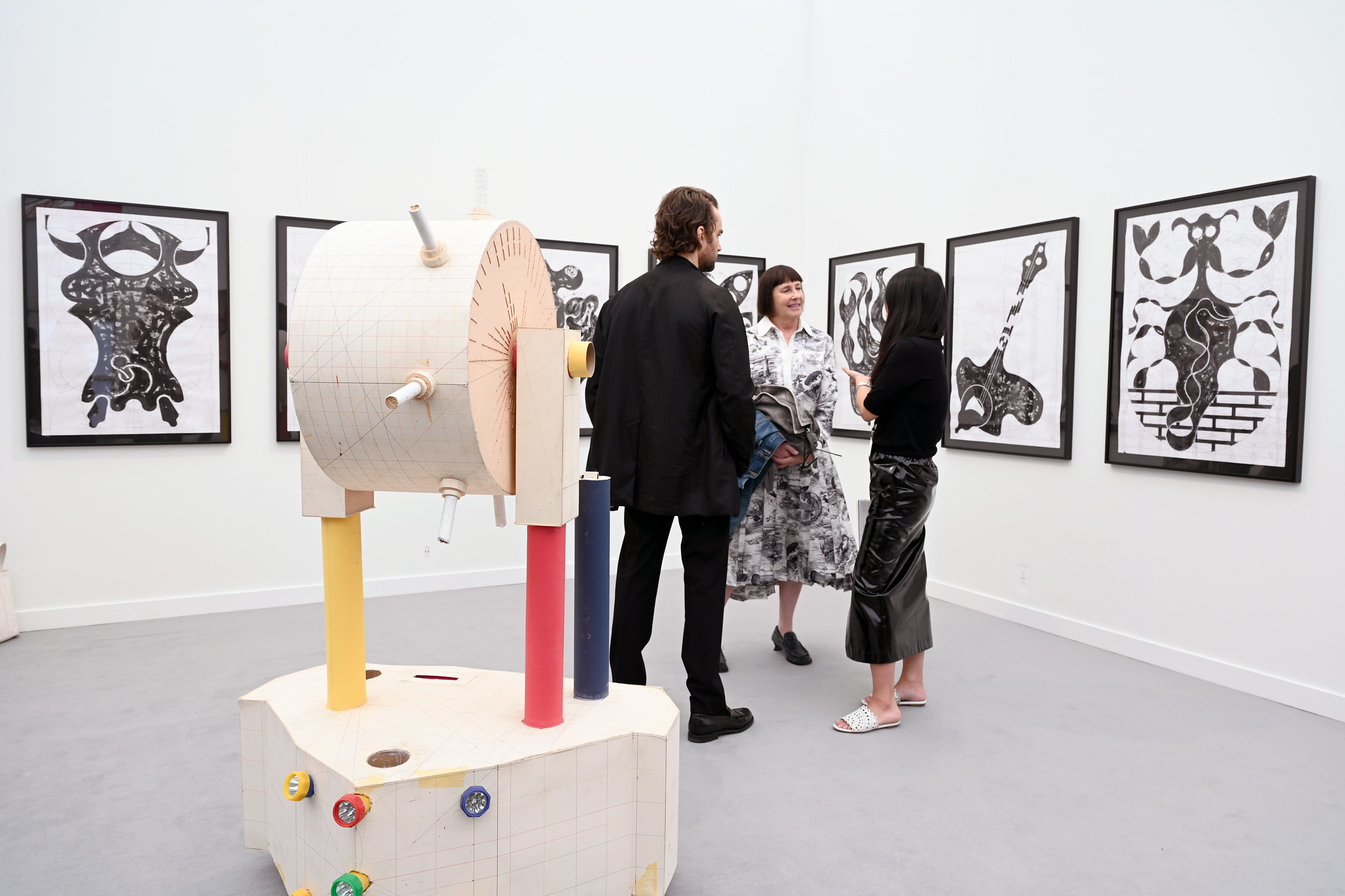
Of all of their titles, the most important job that Harden has is raising their 3-year-old daughter, who has turned out to be the best art companion. “It’s so crazy because I didn’t grow up going anywhere like a museum. And her whole life is like galleries, museums, and installations. She’s just seen it all. And it’s cool. She’s so fun to go with.” As someone who also didn’t grow up going to museums and had to find my own place of comfort in it, I marvel at the idea of raising a child with this comfort from the beginning. “The parameters of why people don’t feel comfortable as adults in these spaces is because they’re really conservative. They’re mostly white, wealthy, you know, that’s kind of the vibe. People feel obtuse for a good reason–they’re made to feel that way.”
But Harden’s mission is to help deconstruct the invisible “rules”. “For her, I’m like, hey, there’s some things that are true, but most of these rules are fake. You can speak in a museum. You’re allowed to talk kind of loudly sometimes. You’re allowed to laugh and have fun. We can take photos next to the art if you want to. You can sit on the ground if you want to. That’s not actually a true rule. But you know, there are things that are real, like yeah, you can’t touch shit. Sorry!”
Harden is an embodiment of a lot of things that make up the most interesting Angeleno. Someone imbued with a Californian cool, a curious perspective that embraces the quirkiness of the city. Unphased by the copious amounts of people to meet, places to go, and things to do. And a deep, deep love for art. “It’s kind of like, what can I give to the city? What can I give to people? I use Bay Area ethos often to do my shit, which is very community centred. I feel that same energy here, but it’s hard. You just don’t get to know LA easily. I still don’t know 98% of anything, and I feel happy that I don’t. I love this place. It’s so different.”
Written by Shaquille Heath

